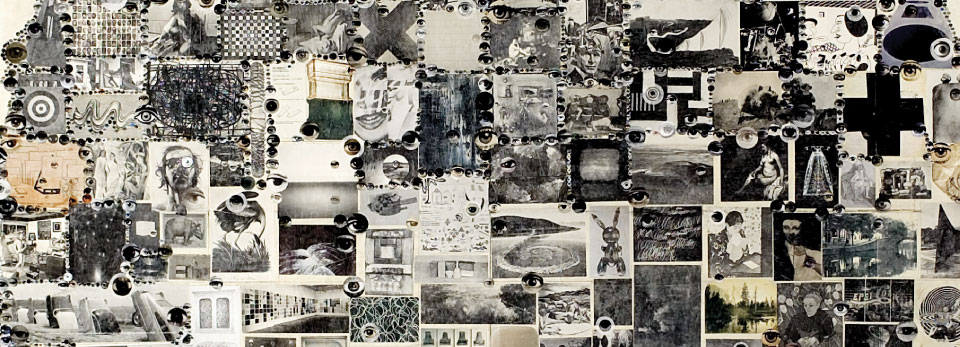


Multimedia artist and educator Aurora Robson creates sculptures out of plastics and recycled materials to raise awareness on environmental topics such as human waste in our ecosystem. This piece, “Sea Change”, can be seen at the Halsey Institute of Contemporary Art in Charleston. // charlestonmag.com
READ THE FULL STORY [+]
A seashell made of soda can tabs. A brightly colored fish with aluminum scales dotted with familiar logos of beer and soda. And a spindly crab with legs that were once the sturdy bones of a beach chair.
These student-made creations born from trash collected on Sullivan’s Island, S.C., will make their debut in a display in the lobby of the School of Sciences and Mathematics Building on Wednesday, Oct. 25, 2017, as part of the “Sea Change” exhibition co-sponsored by the College of Charleston’s Halsey Institute of Contemporary Art and the South Carolina Aquarium.
The process of turning trash into visual treasure has been challenging but fun, says sophomore Beth Alexander.
“We definitely all spent some time just sitting here, staring at everything we had picked up, trying to figure out what to do with it,” says the studio art major.
READ THE FULL STORY [+]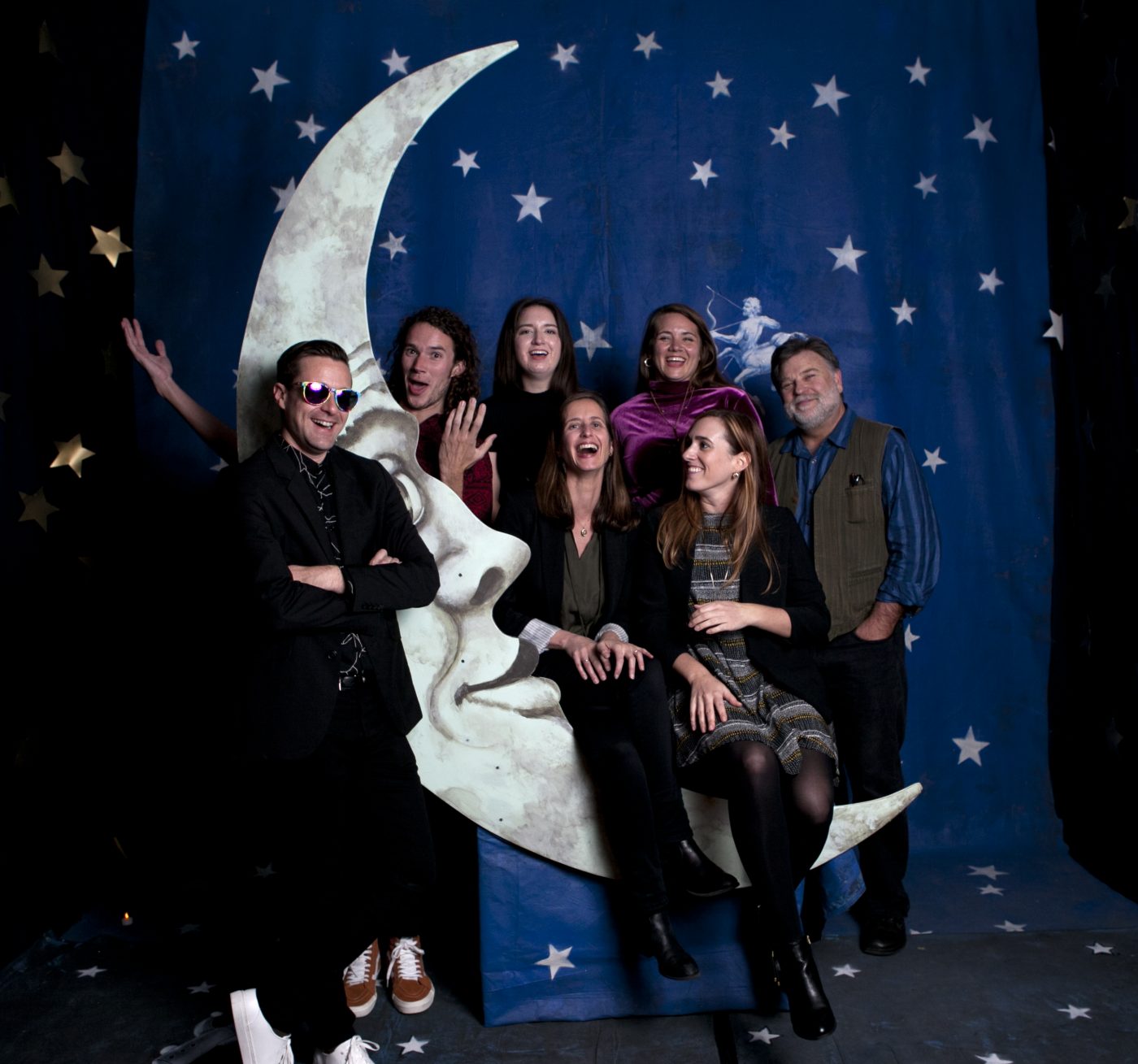
The Party: The Halsey Institute of Contemporary Art hosted this year’s Over the Moon party, the gallery’s 13th annual membership celebration. With wine and hors d’oeuvres in hand, guests took in the splendor of the Halsey’s current exhibitions, including Aurora Robson’s “The Tide is High,” a thought-provoking installation created from the abundant plastic debris threatening oceans today.
Patrons posed for silly photos in the event’s much-anticipated “Moon Booth” and partook in the silent auction, including everything from Spoleto USA tickets to an all-inclusive stay at the Francis Marion Hotel. The VIP cocktail party featured an acoustic set by Joel T. Hamilton and Ian Gleason, and all members enjoyed a performance from local singer-songwriter Lindsay Holler later in the night.
With College of Charleston student works on display alongside traveling exhibits, as well as a live demonstration by performance artist kolpeace, the affair was a true celebration of creativity in all forms and applauded the Halsey’s work to bring a fine caliber of contemporary art and arts education to both C of C’s campus and the Charleston community.
READ THE FULL STORY [+]
Art can be a complex realm. Seeing artwork conveys certain levels of meaning, but new dimensions of understanding take shape when an artist discusses his or her own work. That’s why The College Today sat down with Chris Jordan and Aurora Robson – the two artists whose work is featured in Sea Change at the College’s Halsey Institute of Contemporary Art. Both artists are important voices in the world of environmental advocacy.
READ THE FULL STORY [+]
The Tarble Arts Center at Eastern Illinois University announces its exhibit openings on Nov. 18: Jiha Moon: “Double Welcome, Most Everyone’s Mad Here,” “Living Room” and “In All Around I See.”
Featured in the main gallery, Jiha Moon: “Double Welcome, Most Everyone’s Mad Here” is a traveling exhibition organized by the Halsey Institute of Contemporary Art, College of Charleston School of the Arts in Charleston, South Carolina, in collaboration with the Taubman Museum of Art, Roanoke, Virginia. This exhibition, which features over 50 works, demonstrates Jiha Moon’s blurring of the lines between Western and Eastern identified iconography. In her evocative and witty works, Moon explores Western perceptions of other cultures and how perceived foreigners understand the West.
READ THE FULL STORY [+]
On Oct. 20, “Sea Change,” an exhibit co-presented by the Halsey Institute and the South Carolina Aquarium, opened to the public at The College of Charleston. The exhibit occupies two galleries at the institute and features the work of artists Aurora Robson, a Brooklyn based sculptor and Chris Jordan, a Seattle based multi-media artist.The Halsey said the exhibit is meant to “engage Charleston and the Low country in actively recognizing and mitigating our enormous plastic waste problem.”
Robson’s project “The Tide is High” is a hanging gallery sized sculpture which gallery-goers can walk or sit under. The sculpture is constructed out of shaped plastic bottles and traffic barrels. The sculpture also has LEDs highlighting certain segments, creating a warm orange, under-the-sea environment.
Jordan’s “Midway” is a series of photographs and one painting which contribute to the exhibits theme. Jordan’s work features a series of photographs of Albatross, a bird native to Midway Atoll whose population has been severely affected by plastic waste. His work also includes among other photographic series, a remastering of Botticelli’s “The Birth of Venus” composed entirely of miniature plastic bags.
The trailer for ALBATROSS opens with, appropriately, a line from Coleridge’s The Rime of the Ancient Mariner: “Until my ghastly tale is told, this heart within me burns.” Within seconds we’re taken to Midway Island in the north Pacific Ocean, more than 2,000 miles from the nearest continent; blue waves break, and birds swoop through the sky, landing in halcyon green flowering fields, filled with other birds.
It’s peaceful and lovely, until it’s not.
READ THE FULL STORY [+]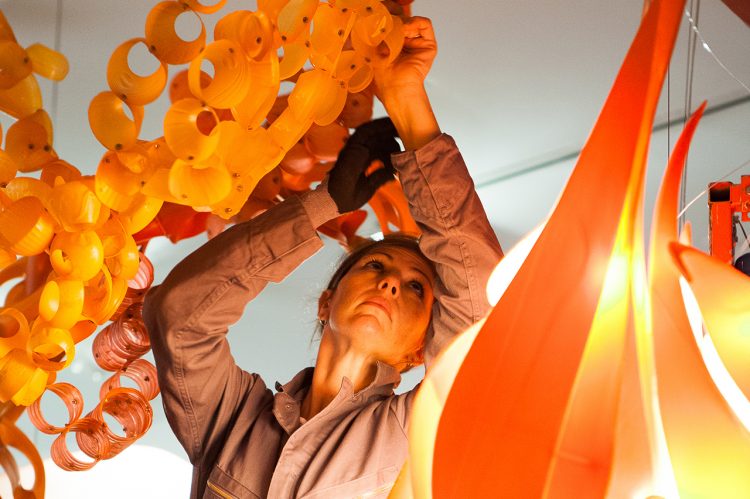
College of Charleston’s Halsey Institute for Contemporary Art has been buzzing with activity in preparation for the premiere of its latest exhibit “Sea Change,” which opens Friday, Oct. 20.
This exhibit is presented in collaboration with the South Carolina Aquarium to raise awareness about our enormous plastic waste problem and the detrimental effects on our planet. “Sea Change” features the works of sculptor Aurora Robson with “The Tide is High” and photographer-filmmaker Chris Jordan with “Midway.”
Robson sculpts oceanic installations using plastic waste, and Jordan displays images of seas and sea life marred by the overwhelming deluge of trash.
The College Today got a peak at the installation of Robson’s work in the Halsey Gallery ahead of the big opening.
READ THE FULL STORY [+]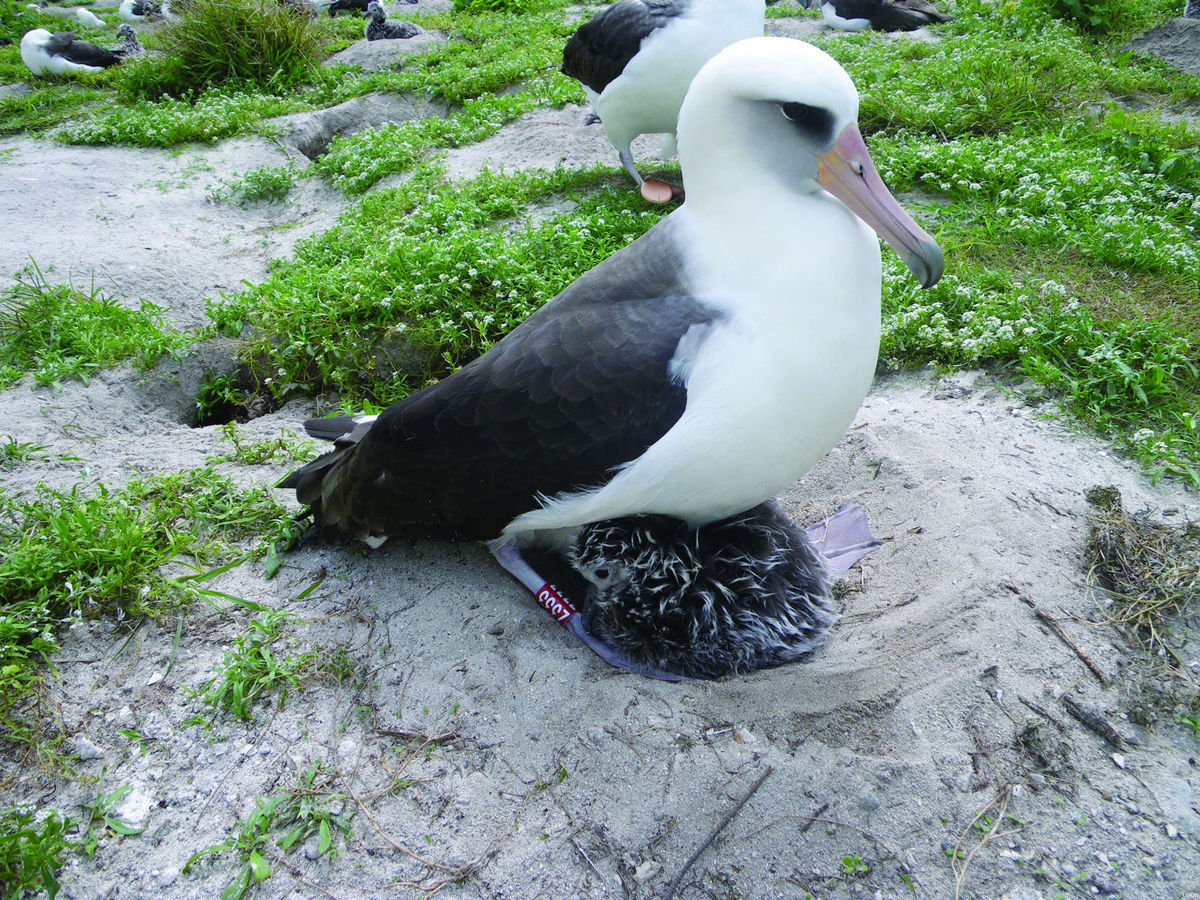
Every year, more than eight million metric tons of plastic end up in our oceans. It was a number so astounding that even Jenna Jambek, an environmental engineer at the University of Georgia and lead scientist of a resounding 2015 study on ocean waste, couldn’t believe it.
“We all knew there was a rapid and extreme increase in plastic production from 1950 until now, but actually quantifying the cumulative number for all plastic ever made was quite shocking,” Jambek told National Geographic earlier this year.
It wasn’t the only alarming statistic that Jambek and her team found. There were dozens of others, like the one about the average American throwing away 185 pounds of plastic every year, or how less than 10 percent of that waste is ever recycled.
READ THE FULL STORY [+]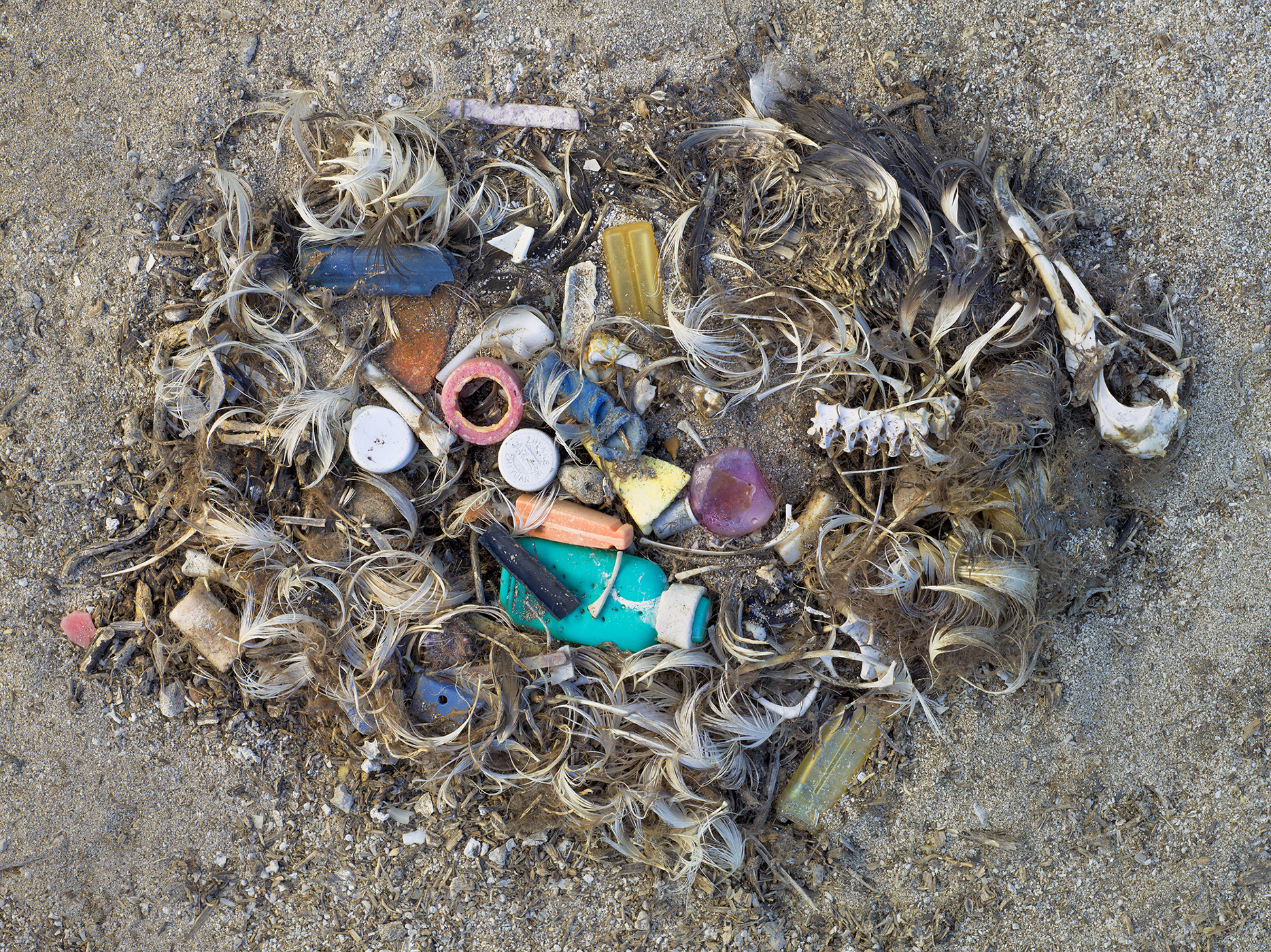
The birds do it. The fish do it. The clams and oysters do it. You do it, too.
It’s estimated that humans could be ingesting up to 11,000 tiny pieces of plastic each year. The health implications are not yet known, but it’s safe to say the problem is cause for concern.
The source of the problem is an economic system that relies on the mass production and consumption of cheap plastic products and the vast quantities of plastic waste that accumulate as a result. A portion of that waste ends up in the oceans, then breaks down into smaller and smaller pieces. Eventually, the pieces get to be the size of a grain of sand, or smaller.
READ THE FULL STORY [+]